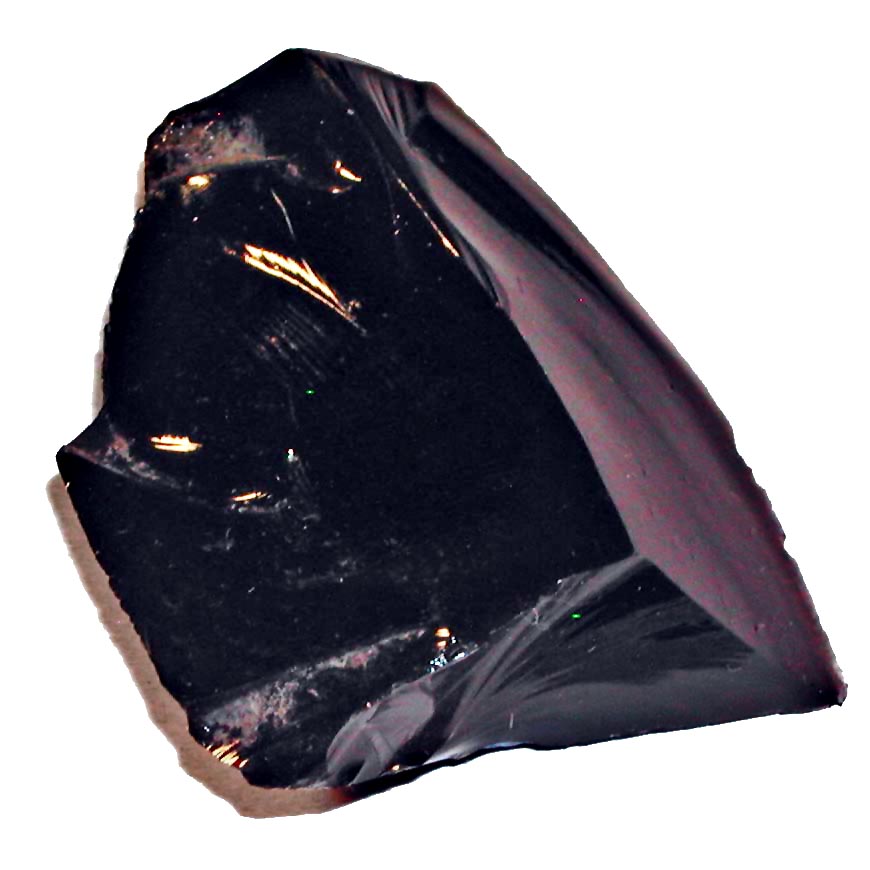

Regardless of the uncertainty of paleoamerican origins, they needed sources of obsidian with which to fashion tools and weapons. Evidence of a connection from the old world to the Americas is sketchy, though obsidian projectile points from sources on the Russian Kamchatka peninsula have been found in Alaska. Current concensus suggests the first North Americans, or the Paleoindians, probably entered the Americas across the Bering land bridge sometime between 21,000 and 14,000 years ago at the height of the last glaciation. The lustrous black of obsidian has reflected fire in the eyes of humans since very early in the evolution of our species. Over many generations, paleoindians learned to fashion extremely sophisticated tools by flaking the edges of obsidian until a suitable knife or spear point was formed.
Obsidian scalpel dangers skin#
This may have been the first crude obsidian tool and was later used to scrape flesh from the skin of an animal that had been killed by a predator. Smith.Long ago, in the rarefied dawn of prehistory, a paleo-Steve-Jobs noticed that when he broke a piece of obsidian, the edge of the fracture was very sharp and he could use it to whittle the end of a stick to dig grubs from the ground.
Obsidian scalpel dangers full#
Camping trips on the beach in Mexico were just the begining in a search for waves that has taken Alex and a bag full of boards around the Pacific and Indian Oceans experiencing new places and cultures while looking for the best gear to go along.Lustrous black Yellowstone obsidian. Growing up in Southern California with a sailing and surfing family, the ocean has been a dominate influence which lead to a twenty year career as a Marine Safety Officer.

He loves good gear, clean design and reading everything from the ancient classics by Homer and detective fiction by Dashiell Hammett. Known for being fierce, especially when protecting their burrows, Badgers are more often than not gregarious with others and enjoy the finer things in life.īadger, Alex Riley has spent nearly his entire life on or in the Pacific Ocean. Badgers even build separate latrines for their special alone time. In fact, Badgers are very fastidious, they line their well built burrows called setts with soft, dry grass which they clean and replace often. Unlike his cousin the Honey Badger, he does care. In the same way California tribes would form rough blanks of the tools which were then easier to transport and would be then finished off by the end user sometimes a thousand miles away.īadger (Meles meles) also known as the Eurasian Badger is recognizable for his iconic striped face and bushy flanks. Excavation in Europe have found obsidian tools were part of vast ancient trade routes that were a precursor the the silk road. Tools formed by Indians living near present day Yellowstone have been found as far away as Illinois and the Gulf of Mexico. By examining the debris at some sites archaeologists have suggested that assembly lines were used to shape tens of thousands of obsidian tools for trading purposes. This scarcity lead the Indians who had access to obsidian to create an industry dedicated to the harvesting, shaping and trading of obsidian among the various distant tribes. The sharp and effective arrow heads made from obsidian allowed the Indians to take much larger prey and made life easier than previous blunt tipped wooden arrows that were only effective on very small game such as squirrels and rabbits.ĭue to obsidian’s link to volcanos, it is primary found west of the Mississippi. An Indian with access to an obsidian deposit could carry a small set off tools for flaking the volcanic glass and create a useful assortment of implements such as knives, scrappers and arrow heads.

Over time the Indians learned to shape the volcanic glass into the forms needed to produce various tools- a process called knapping. In North America Native Americans living near former eruption sites would have found the obsidian laying on the ground with naturally formed edges which they used as simple cutting tools. The Raw Materials: A Large Deposit of Volcanic Glass at Oregon’s Newberry Caldera


 0 kommentar(er)
0 kommentar(er)
